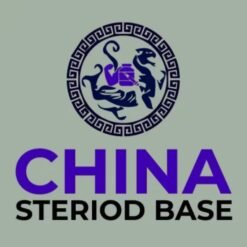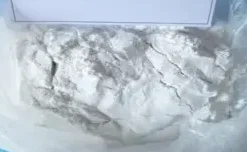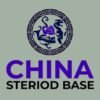Ligandrol Professional Exporter LGD4033with Bulk Price CasNO.1165910-22-4
Product Name:LGD-4033
Other Name:Ligandrol
CAS: 1165910-22-4
Appearance:White Powder
Usage:Muscle Building
Shipping Method:EMS, HKEMS, FEDEX, DHL, UPS, Aramex, ETC
High Light:raw steroid powders, sarms bodybuilding supplement
Ligandrol Abstract
LGD-4033 is rapidly increasing in popularity, as it has shown to be the strongest and most anabolic-like SARM in existence up to this point. SARMS are quite different from steroids in terms of their makeup, lack of side effects and recovery time. SARMS can be run much longer than oral steroids. They are non-methylated and don’t pressure the liver. Although the results are not as drastic as some steroids, they are much cleaner, more keepable and have several properties that are extremely desirable that steroids may not be able to provide.
LGD-4033 is a selective androgen receptor modulator (SARMS), and a novel non-steroidal oral SARM that binds to AR with high affinity (Ki of ~1 nM) and selectivity. It’s in a class of androgen receptor (AR) ligands that is tissue selective, developed to treat muscle wasting associated with cancer, acute and chronic illness and age-related muscle loss. LGD-4033 is expected to produce the therapeutic benefits of testosterone with improved safety, tolerability and patient acceptance due to tissue-selective mechanism of action and an oral route of administration.
Ligandrol Case
LGD-4033 is rapidly increasing in popularity, as it has shown to be the strongest and most anabolic-like SARM in existence up to this point. SARMS are quite different from steroids in terms of their makeup, lack of side effects and recovery time. SARMS can be run much longer than oral steroids. They are non-methylated and don’t pressure the liver. Although the results are not as drastic as some steroids, they are much cleaner, more keepable and have several properties that are extremely desirable that steroids may not be able to provide.
LGD-4033 is a selective androgen receptor modulator (SARMS), and a novel non-steroidal oral SARM that binds to AR with high affinity (Ki of ~1 nM) and selectivity. It’s in a class of androgen receptor (AR) ligands that is tissue selective, developed to treat muscle wasting associated with cancer, acute and chronic illness and age-related muscle loss. LGD-4033 is expected to produce the therapeutic benefits of testosterone with improved safety, tolerability and patient acceptance due to tissue-selective mechanism of action and an oral route of administration.






Reviews
There are no reviews yet.